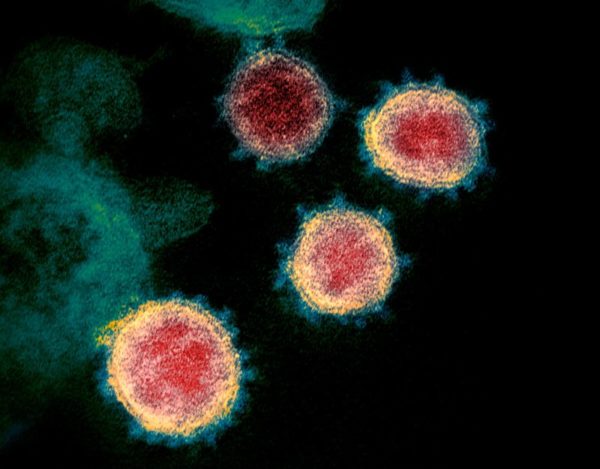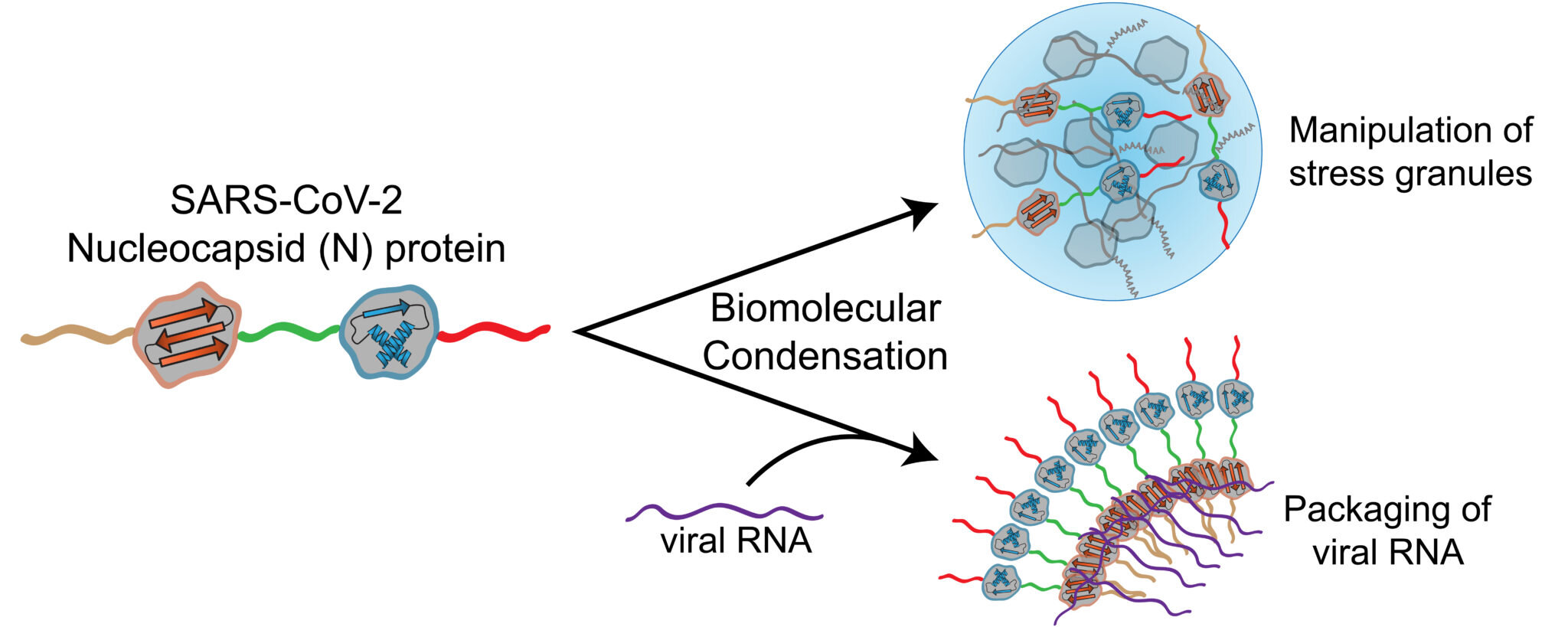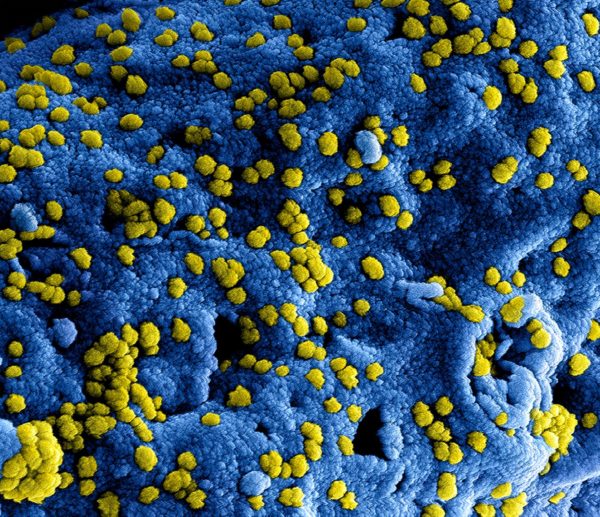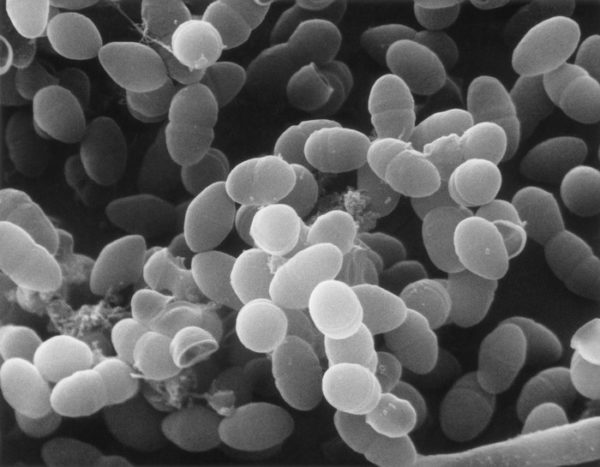
Tue, 2020/05/19
Why SARS-CoV-2 Spread So Easily Among People?

Tue, 2020/05/19
Nature: Scientists are Developing Nanovaccines to Fight New Crown Viruses

Tue, 2020/05/19
Immunity: Activating Tumor-Associated Macrophages to Fight Cancer

Mon, 2020/03/30
Nat Immunol: Revealing New Mechanisms of Increased Immunity Following Lung Infection

Mon, 2020/03/30
PNAS: New Study Shows that Remdesivir Prevents Coronavirus MERS-CoV Infection in Monkeys

Mon, 2020/02/24
VDAC Oligomers Found to Promote Mitochondrial DNA Release and Autoimmune Responses

Sat, 2020/02/22
New Method to Predict Protein-Environment Interactions

Thu, 2020/01/02
New Study Reveals Mechanism by Which Lactose Promotes Graft-versus-host Disease
